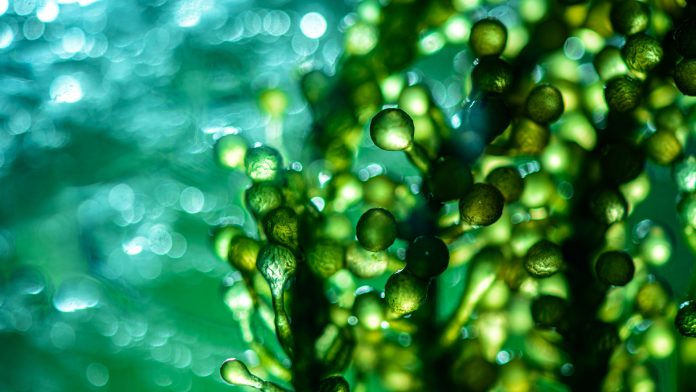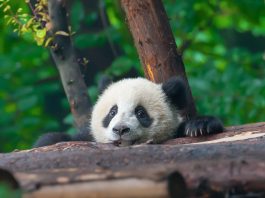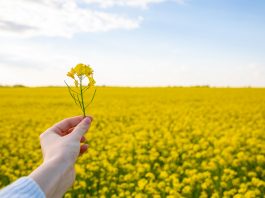Researchers led by Aarhus University, Denmark, have enabled the biological synthesis of high-yield production of climate neutral drop-in biofuels.
A light-dependent enzyme is the focal point in a new scientific discovery, that enables high-yield production of drop-in biofuels from biomass. In a study published in Nature Communications, the team of engineers confirms that their original assumption of the enzymatic process in this biomass-to-biofuels conversion is incorrect.
Their most recent findings have allowed the researchers to successfully biosynthesize green fuels at close to industrially relevant levels of 1.47 gram per litre from glucose. The light-dependent enzyme, which originates from microalgae, has the particular characteristic that it can decarboxylate fatty acids into alkanes (thus converting cellulosic biomass into drop-in biofuels) using blue light as the only source of energy.
The researchers artificially insert the enzyme into the cells of the oleaginous yeast Yarrowia Lipolytica thereby engineering its metabolism. The yeast synthesizes glucose, originating from biomass, into lipids (specifically the molecules free fatty acids and fatty acyl-CoAs) which is then converted to alkanes by the enzyme in a metabolic reaction called fatty acid photodecarboxylase (FAP).
But ever since the discovery of the enzyme, it has been assumed, that free fatty acids are the enzyme’s preferred reactant in the FAP process. That an abundance of free fatty acids would result in higher yield biofuel production.
Bekir Engin Eser, an assistant professor at Aarhus University, said: “In our study, we have proved that fatty acyl-CoA – and not free fatty acid – is the preferred reactant for the light-dependent enzyme. This finding has been successfully used in our study to metabolise 89% of fatty acyl-CoA into alkanes, reaching titers of 1.47 g/l from glucose.”
The growing field of algae research
Global production of macroalgae biomass has more than trebled in the past 20 years, reaching 32.67 Mt in 2016. Most (97%) of this growth is based on Asian aquaculture, led by China and Indonesia (which has shown remarkable growth in the past 20 years). The remaining 3% (1.2 Mt) comes from wild harvesting, which is led by Chile, China, and Norway.
According to the EU Blue Economy report of 2019, the EU algae sector has an annual turnover of €1.5bn for direct activities (with indirect activities such as research adding an additional €240m). As a biological resource, algae could potentially provide an environmentally sound solution and contribute to meeting the increasing demands for food, feed, energy, and materials.
However, as some of the commercially exploited species in Europe are already in decline, due to global warming, overharvesting, and poor water quality, an ecosystem approach needs to be implemented for the sustainable development of both wild harvesting and aquaculture activities.





